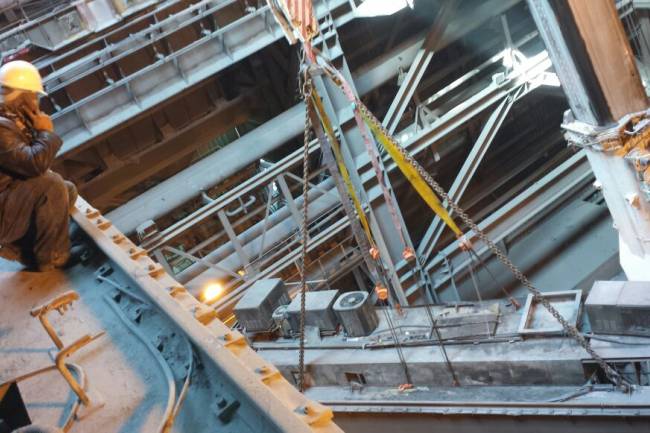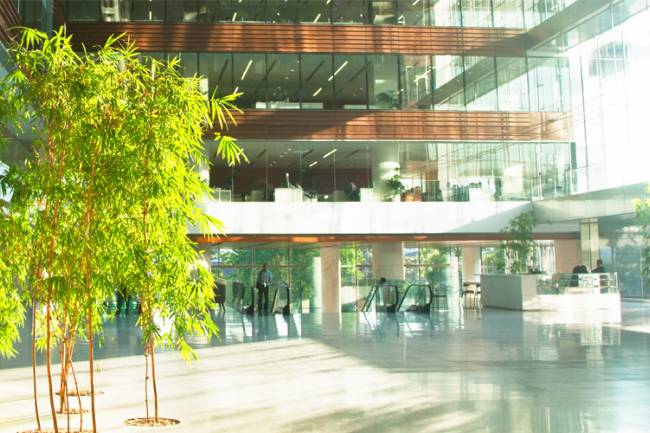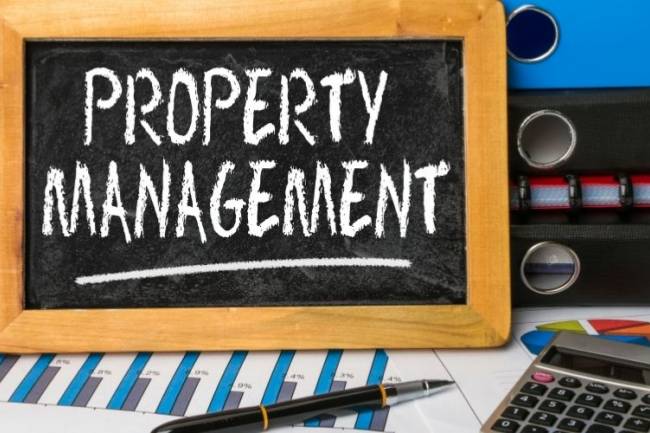How NYC Neighborhoods Are Evolving Through New Construction
The city of New York remains a changing metropolis famous for its skyline design. The city's urban appearance has evolved through new construction projects during recent years. These architectural achievements stand as symbols of urban development alongside the city's modernization process within one of the world's most energetic urban centers.
The Rise of Modern Skyscrapers
The construction activity in NYC has resulted in the construction of impressive new skyscrapers that reshape the city's skyline. These vertical architectural structures combine residential spaces with commercial properties and retail establishments at their peak.
The Hudson Yards development stands as a landmark addition to the skyline with its Edge skyscraper standing as the main attraction. People can experience panoramic urban views at the platform that reaches 1,100 feet above the ground at this modern architectural site. This large development project shows how contemporary skyscrapers combine innovative design with practical facilities.
The development of One Vanderbilt along with other skyscrapers establishes new environmental standards for engineering projects. These green buildings integrate rainwater harvesting systems together with modern energy management technologies to represent the expanding trend toward environmentally sustainable urban living. The movement drives architects together with developers to discover novel possibilities in building design.
Historic Neighborhoods Experience Renewal Through Strategic Construction Initiatives
Strategic construction projects have led to the revitalization of numerous historic neighborhoods across New York City. The goals of these efforts combine protection of special area characteristics with modern facility additions and network enhancements.
DUMBO in Brooklyn demonstrates a successful transformation of its former industrial state into a modern neighborhood with tech startups and art galleries and trendy restaurants that maintain their historic essence. The combination of historical elements with contemporary aspects demonstrates how revitalized neglected areas can regain their former vitality.
A cultural renaissance has started in the South Bronx through new development projects which honor the region's historical background. The Bronx Commons project demonstrates a dual objective of providing affordable housing while honoring the musical heritage of the borough. Thoughtful construction methods for neighborhood revitalization create conditions which support community expansion.
Urban landscapes now prioritize the incorporation of green areas into their development plans.
New construction projects in NYC include parks and gardens and green rooftops as essential elements that give urban residents access to natural environments. The High Line serves as an exemplary case of how elevated parks built from old rail structures can completely transform urban settings. This innovative approach to space utilization creates a peaceful urban escape that simultaneously supports biodiversity and fosters community engagement. Urban architecture now includes green rooftops and vertical gardens to integrate natural elements more deeply into urban lifestyle.
Innovative Housing Solutions
The growing population of NYC has driven the city to accept innovative construction approaches for addressing housing needs. These projects combine modular housing with eco-friendly buildings to develop more economical and sustainable housing opportunities.
The city has adopted micro-apartments as a radical solution to handle both space constraints and affordability problems. These small living areas maintain their comfort standards by implementing efficient design principles. These housing solutions target urban residents who want reasonably priced homes in desirable city areas.
New residential projects in NYC showcase sustainability through their implementation of green technologies as part of the city's sustainability drive. The House at Cornell Tech on Roosevelt Island demonstrates its advanced energy systems to future building developments. The city uses these innovative approaches to minimize environmental impact as it develops housing that addresses its current population demands.
Transportation and Infrastructure Upgrades
The construction of new infrastructure extends beyond constructing buildings because it targets the development of citywide systems. Modern construction initiatives concentrate on developing public transit systems while rebuilding bridges and enhancing road structures to achieve better mobility throughout New York City.
The development of the New York City subway system continues as an essential part of these infrastructure improvements. The city works to enhance accessibility through new subway line additions and modernization of present lines. The implementation of these efforts leads to the creation of a connected urban space that serves contemporary city commuters.
The East Side Coastal Resiliency initiative is one of several key projects that should be implemented to enhance the city’s infrastructure. This plan is meant to achieve flood protection and climate resilience in order to help the city prepare for future environmental challenges. The upgrades show an ongoing commitment to infrastructure resilience and preparedness.
Working with the Real Estate Rebates Team can help buyers offset the costs of new construction purchases in NYC.












